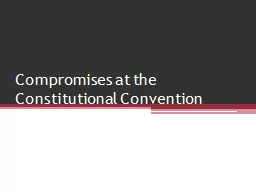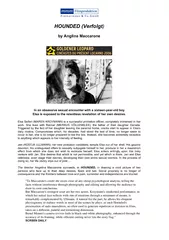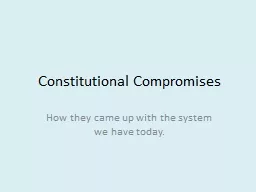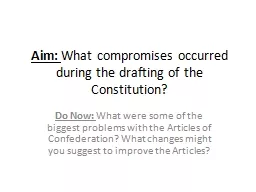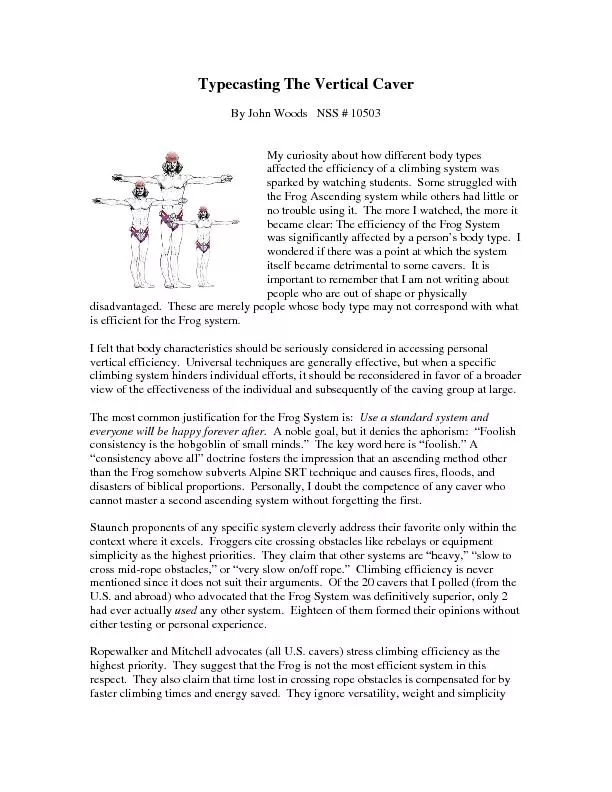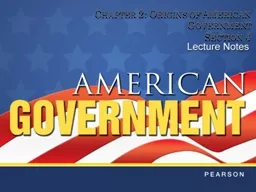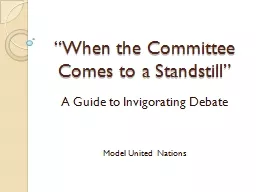PPT-Compromises at the
Author : olivia-moreira | Published Date : 2016-09-18
Constitutional Convention Ben Franklin I have often looked at the sun behind the President without being able to tell whether it was rising or setting but now at
Presentation Embed Code
Download Presentation
Download Presentation The PPT/PDF document "Compromises at the" is the property of its rightful owner. Permission is granted to download and print the materials on this website for personal, non-commercial use only, and to display it on your personal computer provided you do not modify the materials and that you retain all copyright notices contained in the materials. By downloading content from our website, you accept the terms of this agreement.
Compromises at the: Transcript
Download Rules Of Document
"Compromises at the"The content belongs to its owner. You may download and print it for personal use, without modification, and keep all copyright notices. By downloading, you agree to these terms.
Related Documents

